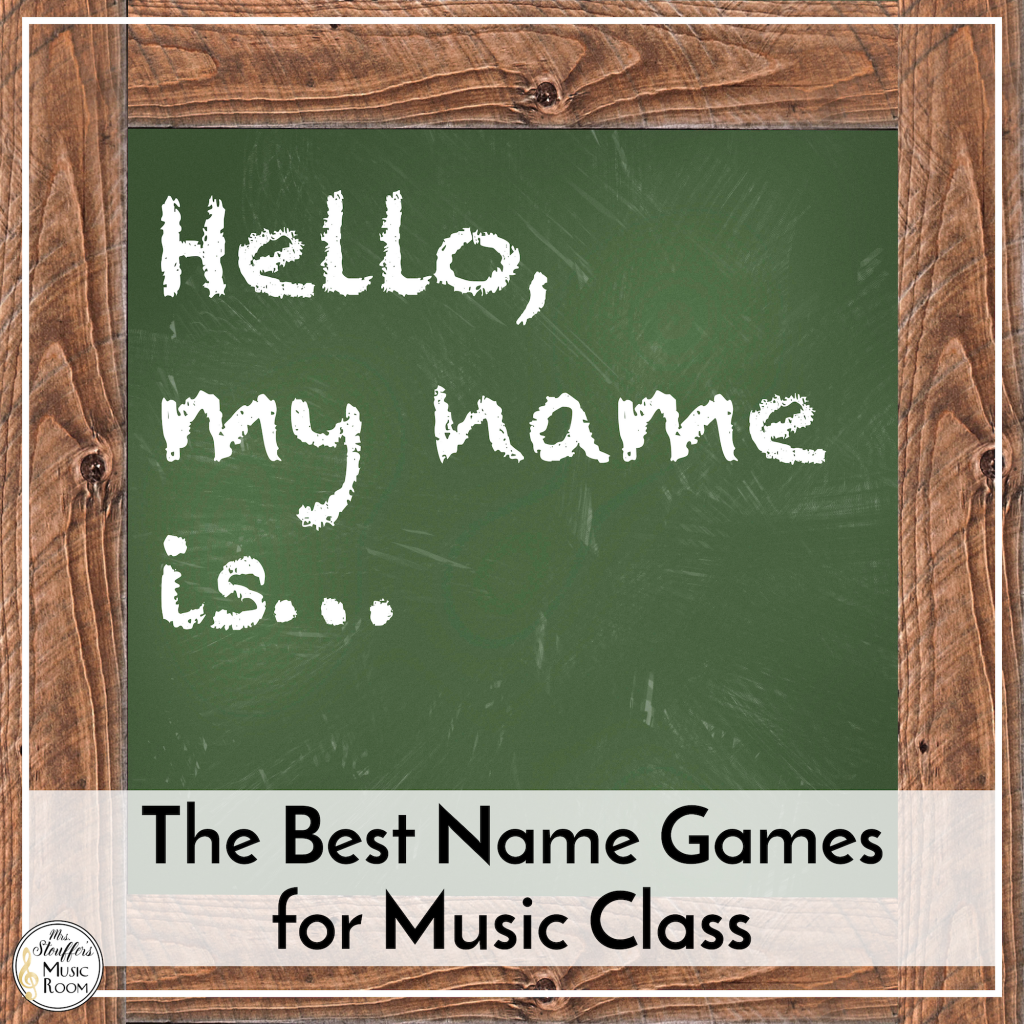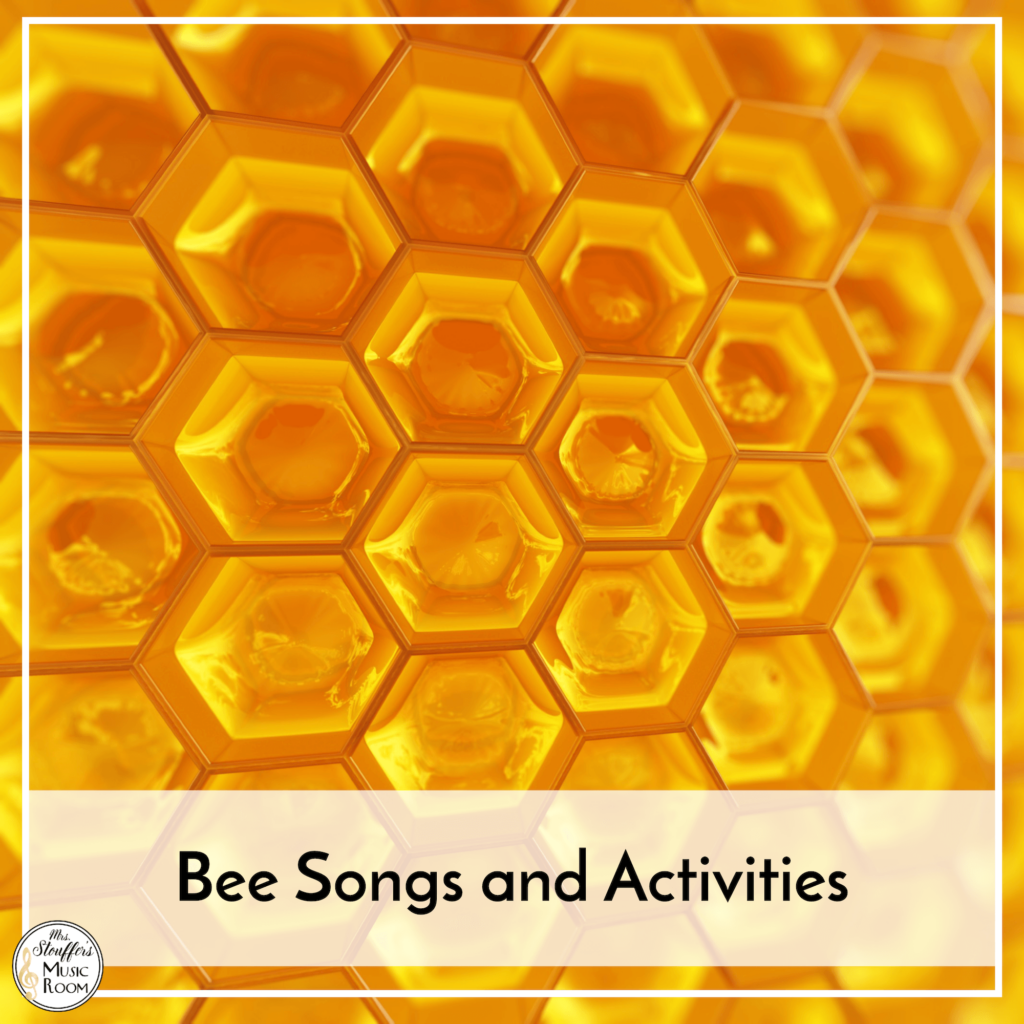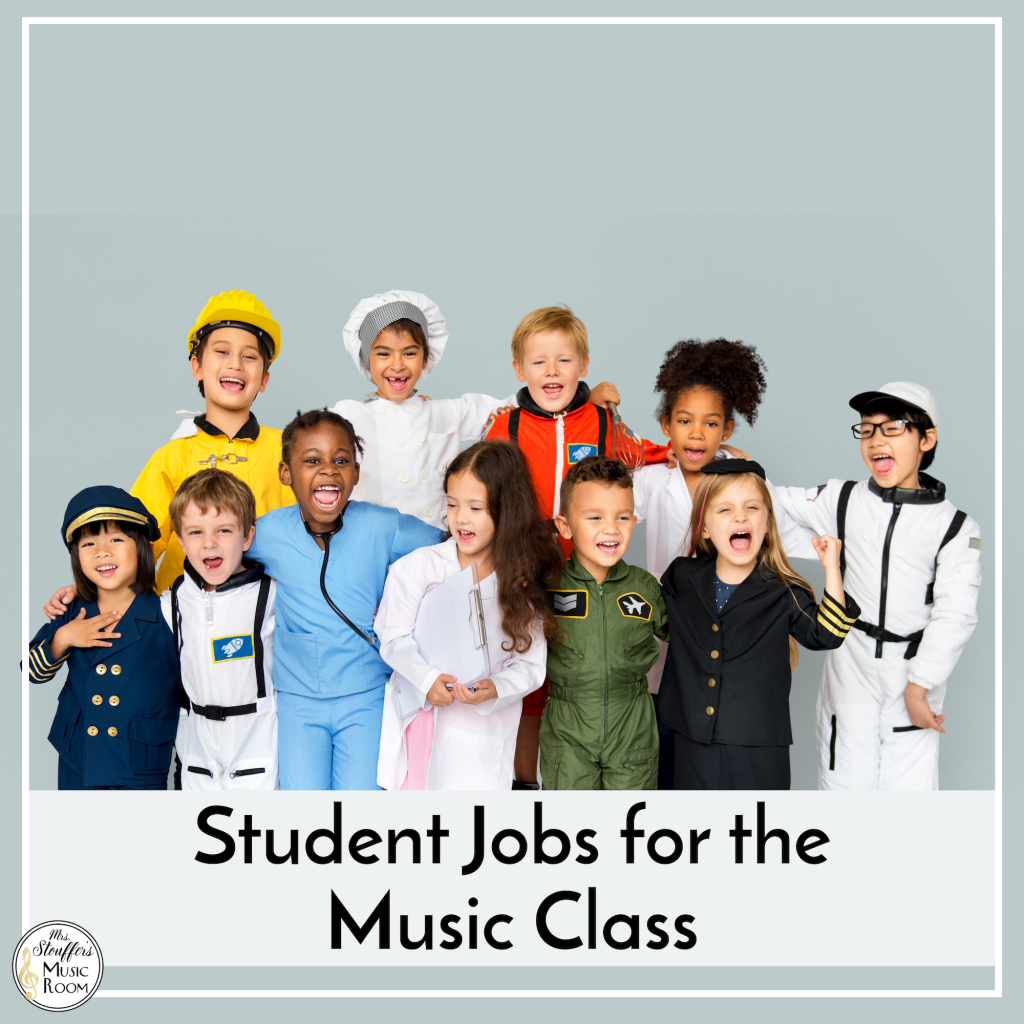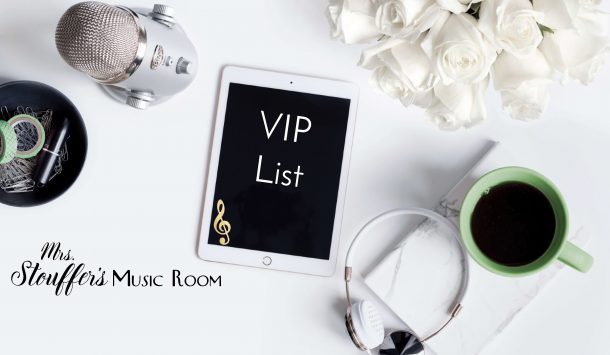It happens. First, let me say this. If you are actually sick, please stay home. I know sub plans are a pain, and you only have limited sick days, but no one wants those germs. Sometimes you aren’t really *sick* but you’re recovering or fighting some laryngitis. So you make that call and go to school with no voice, a weak voice, or just wanting to rest your voice. So how do you teach? Here are some ideas for no voice music class.

Centers and Worksheets
You can set this up with minimum instruction and students can work independently. It’s always a great way to get in some easy assessment, and see where your students are at on certain concepts. Pick centers and activities that students have done before so that you don’t have to explain anything new. Make sure to include some quiet ones such as listening, worksheets, color by note or something along those lines so that the volume stays down. Click here to check out my centers and worksheets on TpT.
Write the Room
This is an easy way to practice writing concepts that doesn’t require any teacher input. If you have a class that can handle moving around without a lot of talking, this is a great one to break out. Just like learning to write letters, taking time to practice writing concepts is a great way to help students learn notation norms. Check out my write the rooms here.
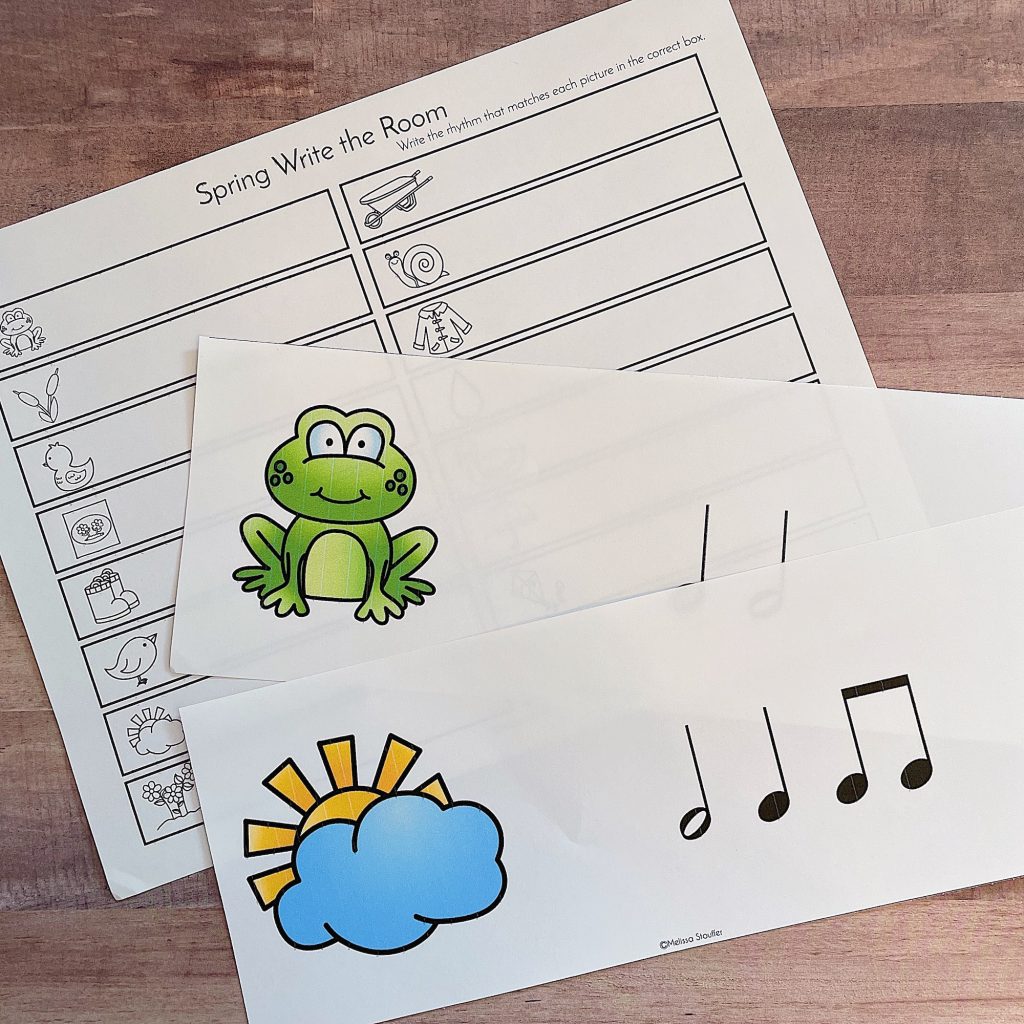
Composition
I’ve talked a lot about making sure you give your students a chance to be creative. Music is a creative art and letting students have that creative time is SUPER important! Letting them have time to compose with a seasonal activity is a great way to give your voice a rest and let them practice their composing skills. I’ve got lots of fun seasonal and any time of year composing activities here.
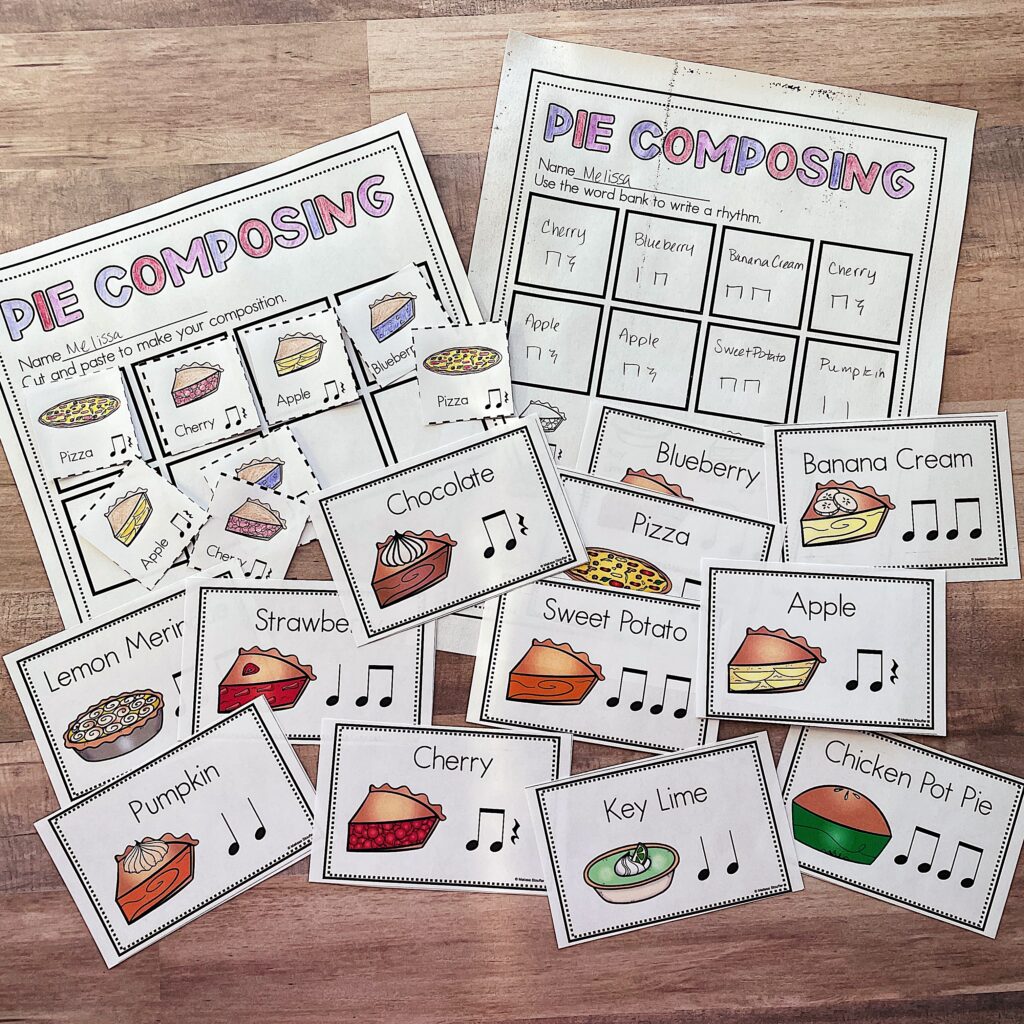
Bingo!
On TpT there are tons of different BINGO games you can get for different concepts. I don’t have any of these but if you look for music bingo you will find a bunch of different ones.
Check out these options from some of my friends:
Movement
Yes, I know this one can be loud, but if it’s a folk dance they know, a video that has instructions, or a dance you can teach without talking, then go for it. Let them get some energy out before you try another activity that needs less teacher involvement. If you know a class can’t handle this without verbal reminders, skip it.
Singing Games
I have the rule that if students want to play the game, they have to sing. Not only does that allow me to not sing non-stop, but it helps them make the music their own, internalize it, and later when we are extracting rhythmic or melodic elements, they have a much better handle on it. Pick a game they know really well. Ask if they remember how it goes or if someone can sing it. Here are some great games for this:
- Lucy Locket
- Charlie Over the Ocean
- Closet Key
- Bow Wow Wow
- Our Old Sow
- Cut the Cake
- Let Us Chase the Squirrel
- Alabama Gal
- Peg Leg the Pirate
- Button You Must Wander
- Yo Ho I Pull The Anchor
- Other passing games. Check out this post for more ideas. Passing games are a great idea since they will be stationary!
Listening Time
This is a great day to bring out a listening lesson for a composer or musician you have been studying. Take some time to let students listen, and respond to what they hear in the music. These listening worksheets have activities for all ages. Check them out here.
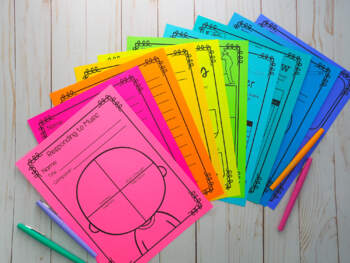
Game Shows!
There are a bunch of templates to create your own game show games online. Jeopardy, Who Wants to Be a Millionaire, or Kahoot. Make your own or search the online resources available. I would not recommend this with super competitive classes!
Music Or Not
These are my go for broke, all the time, easy to run games. They are great for subs, good to start units, or great for time fillers. They are also awesome if you don’t have a voice. Let students play as individuals and keep track of their score on their own (or juts play for fun!) Guaranteed to generate some laughs too! Check them out here.
Silent Rehearsal
This is a post about teaching band, but you can definitely get the idea from this. I have done this with elementary students. It makes them think, it make them tune in a little more, and it really helps them focus on what’s going on. We’ve got so much input and audio/visual stimulation, removing it is definitely a way to catch their attention.
I hope this has given you some great ideas for what to do if you have to do a no voice music class!


